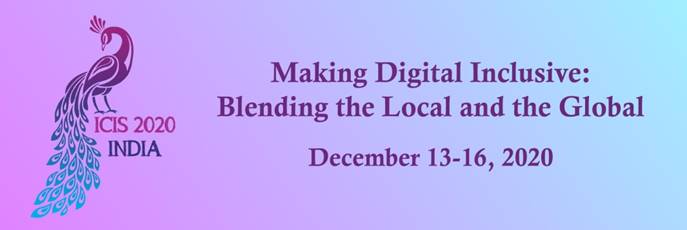Human Computer Interaction, Artificial Intelligence and Intelligent Augmentation
Loading...
Paper Type
Complete
Paper Number
1727
Description
To compete with online shops, brick-and-mortar stores need to comprehend how to attract customers and keep them in their stores. Smart retail technologies enable a better understanding of customer behavior and thus, can improve customer experience. Such retail services could be realised with wearables as they become more and more part of daily life offering various opportunities for retailers. Perceived stress is one key factor having negative impact on customers’ shopping experience. Therefore, shedding light on stress in the context of stationary retail is crucial. This paper aims to do so by analysing customers’ behavior from a neuroscientific perspective through the use of unobtrusive measurements. A laboratory experiment was conducted using heart rate sensor and smartphone-based accelerometer. Our analysis indicates that heart rate and acceleration can help predicting arise of shopping stress. Furthermore, implications are generated from results showing how these insights might be used for situation-specific smart retail services.
Recommended Citation
Öksüz, Nurten and Maass, Wolfgang, "A Situation-specific Smart Retail Service Based On Vital Signs" (2020). ICIS 2020 Proceedings. 8.
https://aisel.aisnet.org/icis2020/hci_artintel/hci_artintel/8
A Situation-specific Smart Retail Service Based On Vital Signs
To compete with online shops, brick-and-mortar stores need to comprehend how to attract customers and keep them in their stores. Smart retail technologies enable a better understanding of customer behavior and thus, can improve customer experience. Such retail services could be realised with wearables as they become more and more part of daily life offering various opportunities for retailers. Perceived stress is one key factor having negative impact on customers’ shopping experience. Therefore, shedding light on stress in the context of stationary retail is crucial. This paper aims to do so by analysing customers’ behavior from a neuroscientific perspective through the use of unobtrusive measurements. A laboratory experiment was conducted using heart rate sensor and smartphone-based accelerometer. Our analysis indicates that heart rate and acceleration can help predicting arise of shopping stress. Furthermore, implications are generated from results showing how these insights might be used for situation-specific smart retail services.
When commenting on articles, please be friendly, welcoming, respectful and abide by the AIS eLibrary Discussion Thread Code of Conduct posted here.


